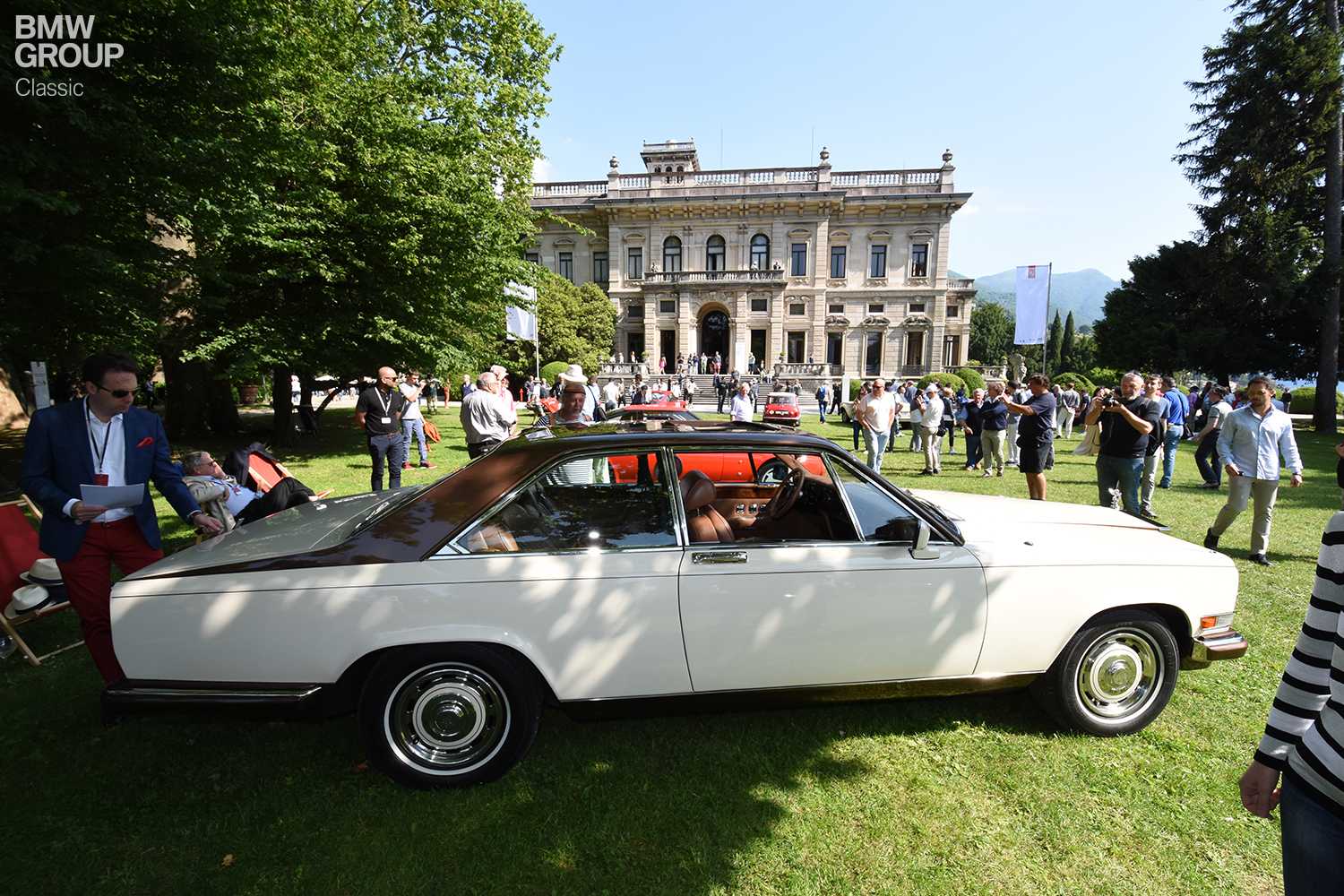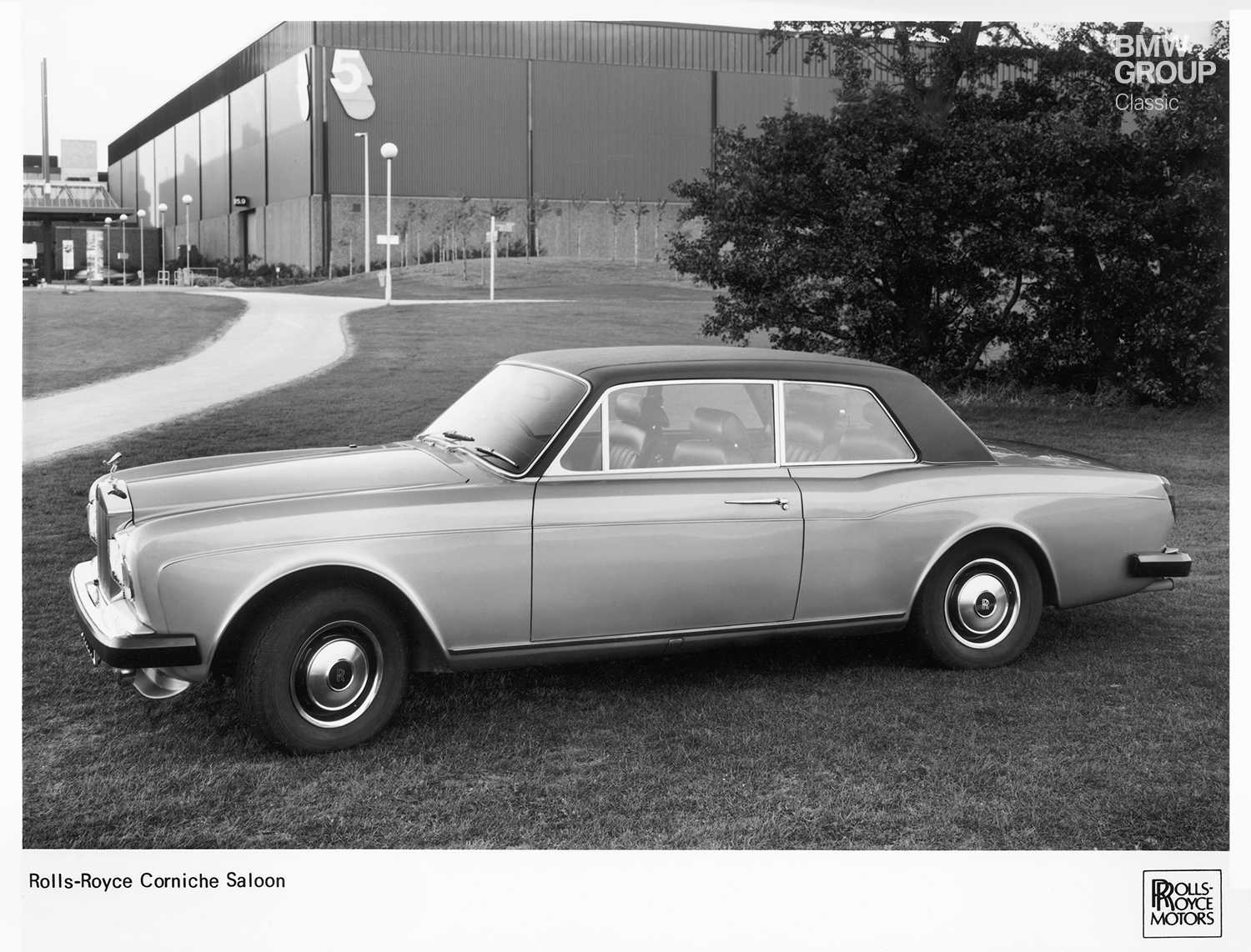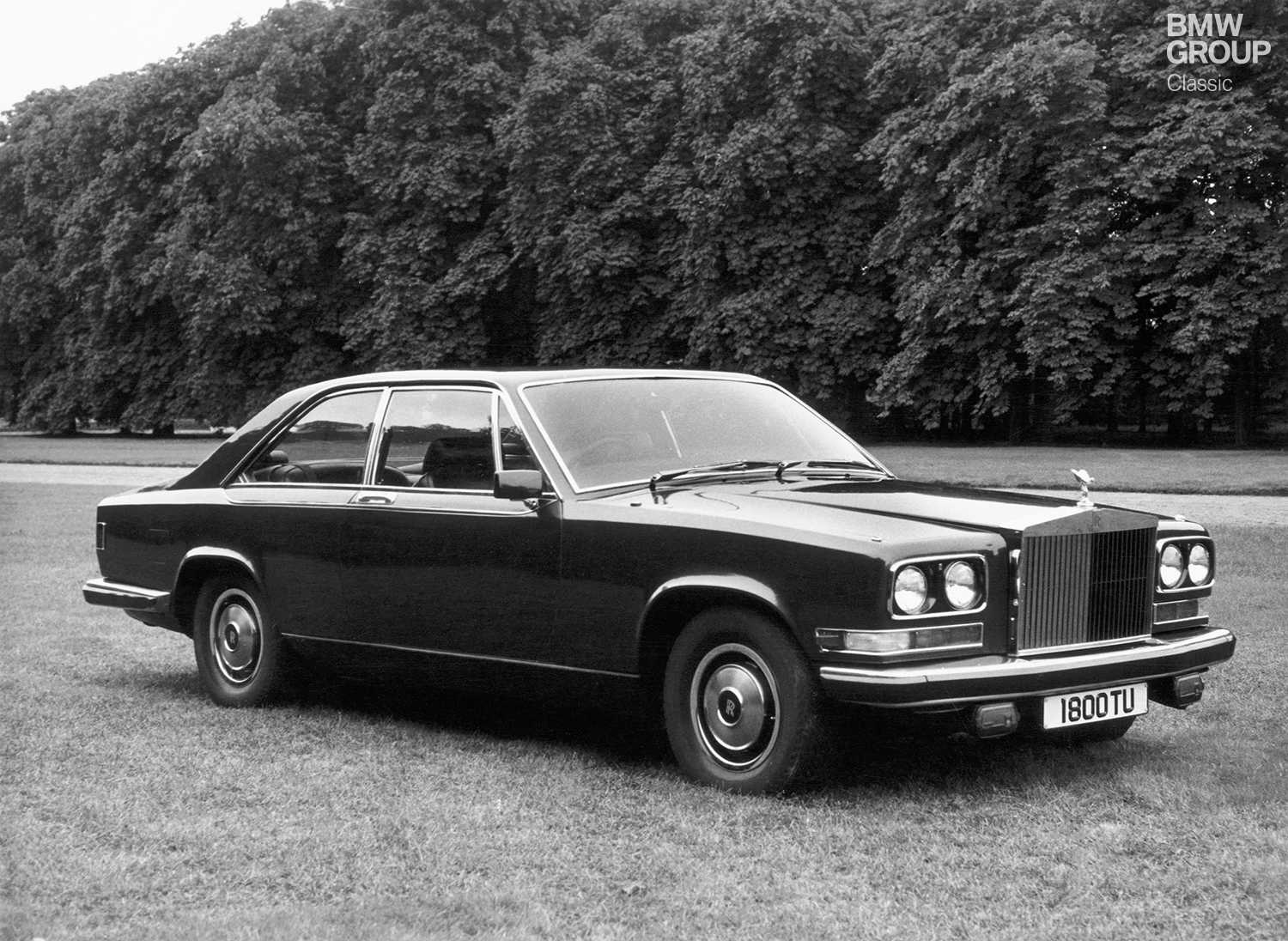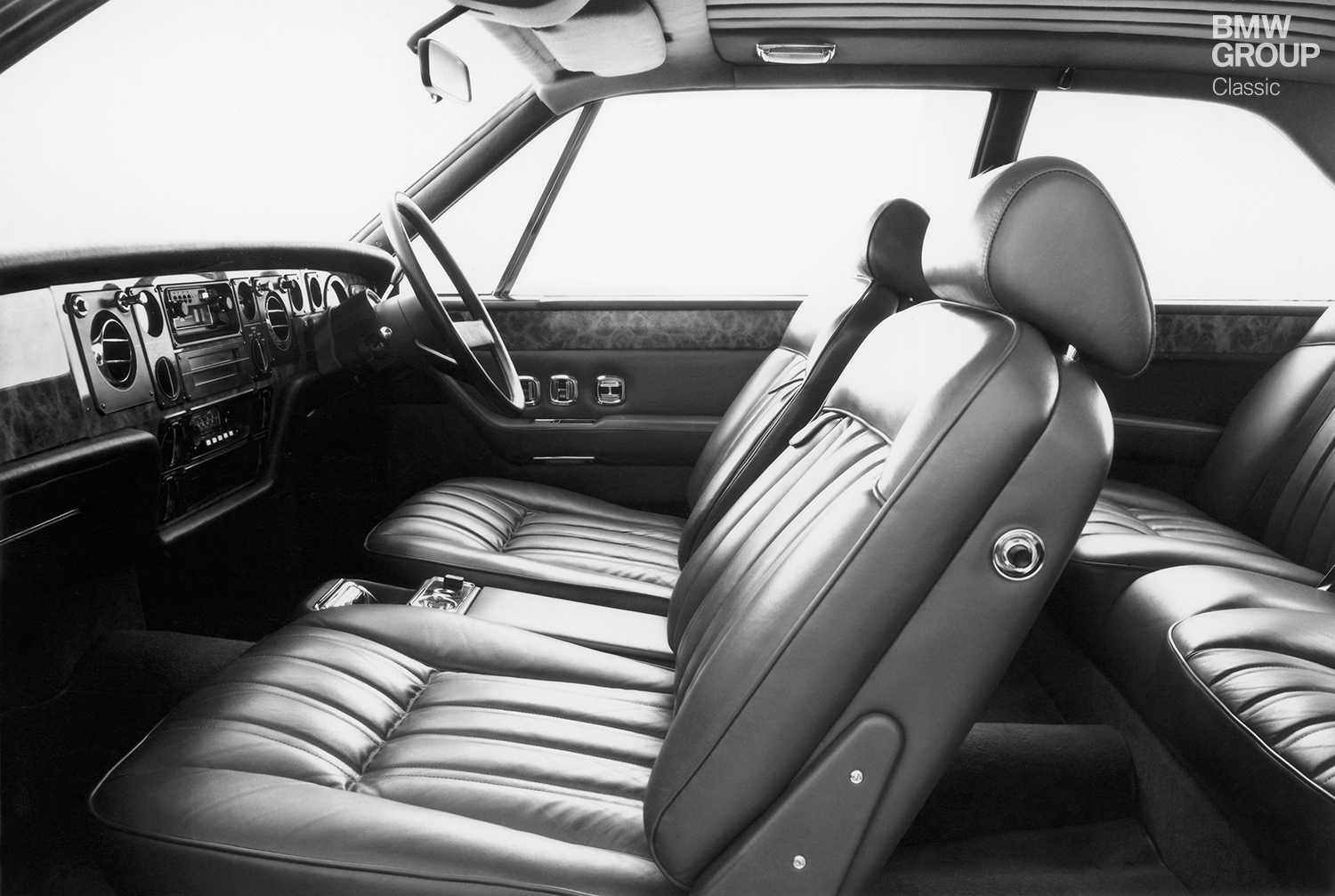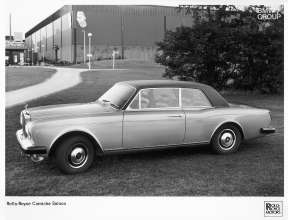Why have the best of one world, when you can plunder the talents of several? It may hold a British passport, but the Rolls-Royce Camargue owes its design to Italy and its name to a part of France. Beneath the elegant skin of the Camargue lies the engineering of the Rolls-Royce Corniche it set out to replace (but which remained in production for a number of years alongside the pretender to its crown). The Camargue blended luxury and elegance with fresh, head-turning panache.
The Italian Job.
This was the first time since the end of the Second World War that a new Rolls-Royce had not been styled on a drawing board in England. The honour of designing an elegant coupe for the marque fell instead to a son of Italy – no lesser figure than Sergio Pininfarina. It was the early 1970s and Rolls Royce was keen to tap into a new group of buyers whose fondness for luxury was matched by their taste for elegance. The new Camargue was presented in 1975, packing a fair old punch with its price tag as well as its automotive qualities.
At 5.17 m long, 1.92 m wide and 1.47 m tall, the Camargue remains a grand sight to this day, imploring anyone it cares to pass to stop and stare for a moment at least. Its monumental grille tells us, without further questioning, that this is a Rolls-Royce. But in other ways it turns its back on the breed, taking a slimmer, lower and sleeker approach than many a Rolls-Royce stablemate past and present. Its tail goes out of its way to be unflashy – to the point where even a model badge is politely declined.
“Adequately” powered.
Tradition has it that the performance of a Rolls-Royce will be described by its maker as “adequate”. Which, of course, sells the power – and soundtrack – of the 6.75-litre eight-cylinder engine under the Camargue’s bonnet hilariously short. Its refinement is the stuff of legend and the wave of torque it generates an experience in itself. The Camargue’s engine and its GM three-speed automatic transmission worked together in perfect harmony, laying the groundwork for that distinctive Rolls-Royce feeling. You glide, you float – you are whisked away, rather deliciously, from the world around you.
Include yourself in the equation, and the Camargue won’t be far off 2.5 tonnes on the scales. Comfort washes in lavish waves over those on board, especially at lower speeds. Indeed, the driver will feel little pressure to up the pace to any degree, let alone rush. Speed is there if you’re in the mood, though – 190 km/h (118 mph) of it, to go with 0 to 100 km/h (62 mph) in around 10 seconds; back in the day more than 40 years ago, that was not to be sniffed at. Of far greater consequence, however, was the car’s automatic self-levelling and easy control weights, which even saw the selector lever for the auto ‘box benefitting from a servo.
Stay at home, James.
This is not a Rolls Royce that asks to be chauffeur-driven. Yes, the rear passengers were generously catered for, but the best seats in the house were most certainly up front. The flawless walnut veneer of the dashboard and the simple – and all the finer for it – instruments made a marvellously welcoming sight. Everything looks like it has been built to last for several lifetimes, and it’s a pity nobody counted the hours those skilled master-craftsmen spent ensuring everything fitted together with unimpeachable precision.
The Camargue’s newly developed automatic air-conditioning system was sophistication personified – and beyond the reach of any other manufacturer at the time. Its split-level effect allowed the temperature to be adjusted separately for the upper and lower areas of the interior. It was a luxury the automotive masses had to wait decades to get their hands on and one whose striking effectiveness left the road testers of the time gushing in their praise.
The Camargue likewise occupied a class of its own as far as price was concerned. Anointed at birth as the flagship model and crowning glory of the Silver Shadow / Corniche family, it also commanded the highest sum. In 1975 its list price stood at 209,790 marks – and that was before prospective customers contemplated the options that would bore an even larger hole in their wallet. For the record, the princely Phantom VI was on sale for 10,000 marks less. 525 examples of the Camargue were produced between 1975 and 1986 – and we’re still waiting for its successor.
There here, now and future.
Nowadays, well cared-for, unmodified examples of the Camargue tend to save their public appearances for the likes of the Concorso d’Eleganza Villa d’Este on Italy’s Lake Como. Catch one in the metal and its inimitable confection of fleet-footed coupe and earnest, aristocratic supremacy will envelop you all over again. Its place in the annals of automotive history has been secure from the moment it was born. But it would be a waste to consider it solely in such terms when it still has so much to offer as the perfect touring companion, gliding with characteristic ease over the world’s roads.
You’ll find some rather enjoyable driving impressions of Rolls Royce Camargues on YouTube. The following make a good starting point:
